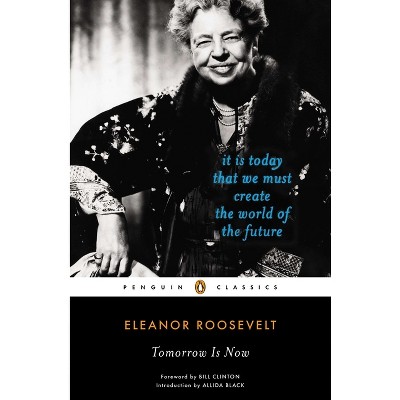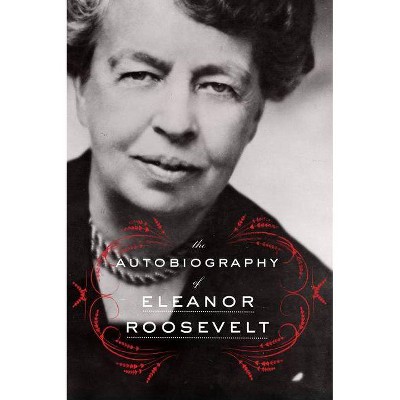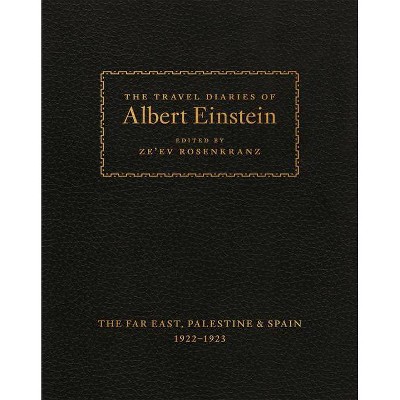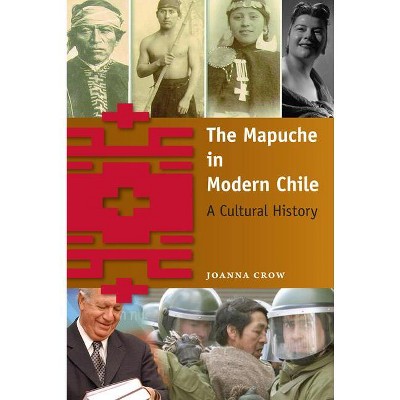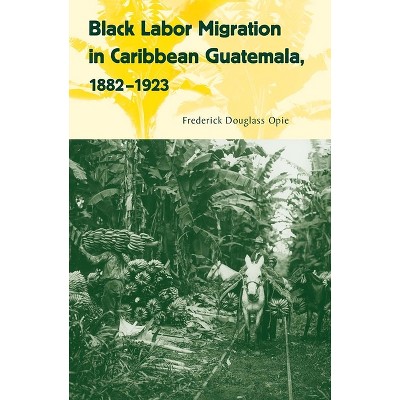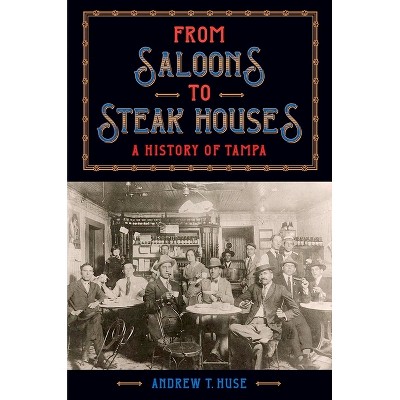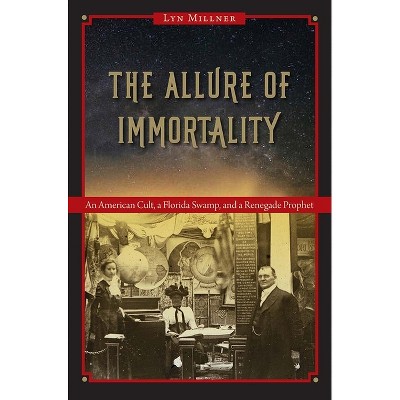Sponsored

Dressing the Part - by Sarahh Scher & Billie J a Follensbee (Paperback)
In Stock
Sponsored
About this item
Highlights
- "From Olmec costume switching to Peruvian bundle burials we see which types of power were gendered, which symbols or motifs were power filled, and how these symbols were borne by the living and the dead.
- About the Author: Sarahh E. M. Scher is a visiting lecturer in art history at Salem State University.
- 520 Pages
- History, Latin America
Description
About the Book
"Dressing the Part looks at the ways individuals in the ancient Americas used clothing, hairstyle, and personal ornaments to express status and power, gender identity, and group affiliations, even from the grave"--Book Synopsis
"From Olmec costume switching to Peruvian bundle burials we see which types of power were gendered, which symbols or motifs were power filled, and how these symbols were borne by the living and the dead. This collection showcases a mature gendered archaeology."--Cheryl Claassen, author of Beliefs and Rituals in Archaic Eastern North America: An Interpretive GuideCostume can reveal a wealth of information about an individual's identity within society. Dressing the Part looks at the ways individuals in the ancient Americas used clothing, hairstyle, and personal ornaments to express status and power, gender identity, and group affiliations, even from the grave.
While most gender studies of pre-Columbian societies focus on women, these essays also foreground men and persons of multiple or ambiguous gender, exploring how these various identities are part of the greater fabric of social relations, political power, and religious authority. The contributors to this volume discuss how costume elements represented empowered identities, how different costumes expressed gender and power, and how elite gendered costume elements may have been appropriated by people of other genders as symbols of power.
Dressing the Part examines how individual identity played a role in larger schemes of social relationship in the ancient Americas. Employing a variety of theories and methodologies from art history, anthropology, ethnography, semiotics, and material science, this volume considers not only how authority is gendered or related to gender but also how the dynamics between power and gender are negotiated through costume.
Contributors: Katie McElfresh Buford Billie J. A. Follensbee Alice Beck Kehoe Melissa K. Logan Matthew G. Looper Ann H. Peters Kim N. Richter Sarahh E. M. Scher Elsa L. Tomasto-Cagigao Laura M. Wingfield Karon Winzenz Cherra Wyllie
Review Quotes
"Focuses
on how costume across precontact North, Central, and South America conveyed
information about gender, power, and the relationship between the two. . . . A welcome
addition."--Choice "Pursuing
a more holistic understanding of gender in different cultures of the Americas, the
authors of the volume explore how complex gender relationships and identities
are both manifested in social relations and constituted by them. The studies
also demonstrate the fluidity of gender and its manifestations, revealing how
gender and associated costumes relate to or are appropriated by relationships of
power."--Latin American Research Review "Proves
that painstaking looking, combined with careful comparison and contrasting of art
forms . . . can indeed shed light on the interrelationships of gender, power,
and change in undocumented and previously misunderstood pasts." --Latin American
Antiquity
"Drawing
from history, anthropology, ethnography, and material culture studies, the
authors in the volume explore how gendered identities are part of the greater
fabric of social relations, political power, and religious authority."--Ethnohistory
"Essential reading that not only brings fresh insights and highlights dynamism, fluidity, and contentious in the relationships between gender and power in ancient American societies, but also serves as a solid basis for further investigation."--caa.reviews
About the Author
Sarahh E. M. Scher is a visiting lecturer in art history at Salem State University. Billie J. A. Follensbee is professor of art history and museum studies program coordinator at Missouri State University.Shipping details
Return details
Frequently bought together


Trending Non-Fiction






